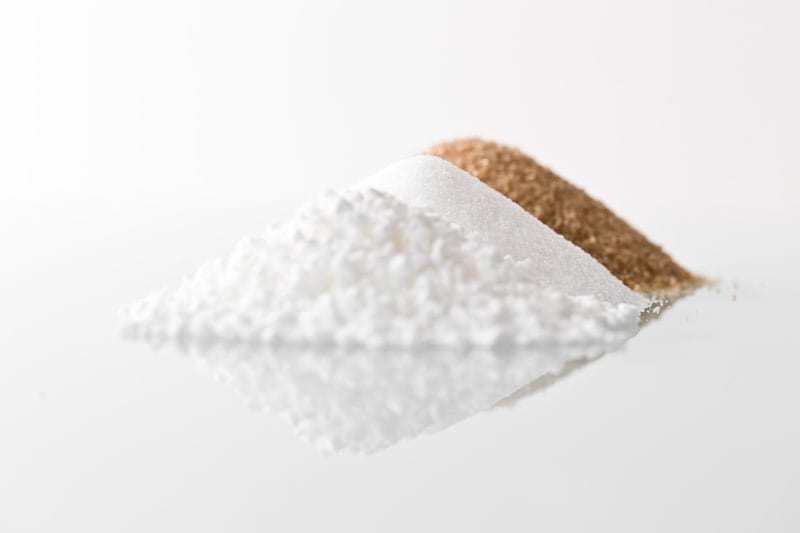
6. Juni 2023
EU market update
In this article, we will investigate developments in the European sugar market since our latest newsletter sent out during February this year. How did the fundamentals develop and what are the expectations after the sowing 2023 has almost finished?
Nordzucker has successfully completed sugar production from sugar beet and sugar cane at all its factories in the seven European countries. Yields are behind the 5-year average due to heat and drought in many regions. Thus, beet sugar production has been almost 10% below previous year and the gap has been largely covered by processing raw cane sugar in our refineries in Finland and Poland. In Germany, Denmark and Lithuania, organic beet was again processed into organic sugar in the first days of the campaign.
Sowing is now complete for the new season in all our countries. The period of drilling the beet seeds was repeatedly interrupted by rainfall and thus extended over an unusual long period. The sugar beet development varied accordingly and was delayed by an average of 14 days compared to previous years. In Lithuania, about 80 hectares had to be re-drilled after frost nights. Late sowing does not necessarily lead to lower production, but it is certainly not helpful.
In their latest balance sheet, the EU Commission downgraded the final production of both sugar and isoglucose for the current year (SMY22/23) and as a result ending stocks are now estimated at an even lower level than before. Reported end-month sugar stocks continue to surprise on the low side. As of now, the EU Commission reported EU27 ending stock of March at 8.9 mln mt, which is 616kt lower year-on-year. A shrinking gap month-by-month but looking at the trade balance we can see that this year’s net inflow of sugar is about 1 mln mt more in the first 6 month compared to the last. Putting the statistics together we see that the implied disappearance / consumption is about the same, despite less ethanol probably was produced this year. The big inflow year-to-date has led to a situation where sugar is piling up in some places in Eastern Europe. Imports are however likely to slow down from June and onwards as all but the Cuban CXL now have been applied for and due to a likely export ban in Ukraine until September. That leaves EBA/EPA countries as the only source of sugar over the summer months and availability is rather limited.
We are sticking to our estimates of a slight decrease in total demand for the year. A change in consumer behavior, due to the economic uncertainty, might have a negative effect on total sugar demand for the year. The projection for imports is close to 3 million tons this season – a number not seen since sugar marketing year 15/16 in the European Union (incl UK).
European Sugar Balance as per EU Commission / Nordzucker own data:

Beet sowing was on average completed later this year across the major producer countries due to wet weather in March and April. The delay of planting means that the growing period for beets will be shorter especially when also considering that some factories might be pushed to an early campaign start due to the current tight sugar balance.
While the market still awaits the final figures on planted areas across EU/UK, our initial projection for next campaign is an increase of the acreage by 2.7%. Major changes seen in France where the farm ministry adjusted the forecast mid-May down by 5.3% from 2022. This should be overcompensated by an upside in major countries like Poland and the UK and some other smaller countries. By multiplying it with the long-term average sugar yield/ha, this would give an indicative production volume of 16.6 million tons – approximately 7% higher than this year. However, not enough to solve the tightness in the market. Some 2.3 million ton of direct imports (raw and/or white sugar) would in such a scenario needed to balance the market.

